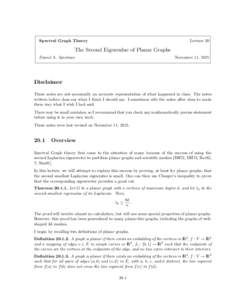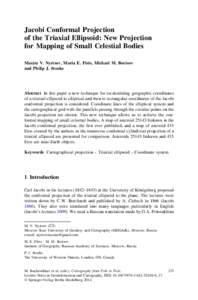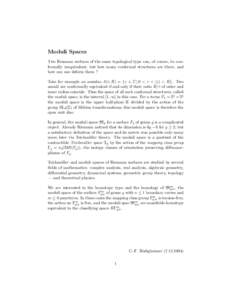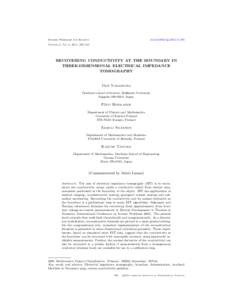<--- Back to Details
| First Page | Document Content | |
|---|---|---|
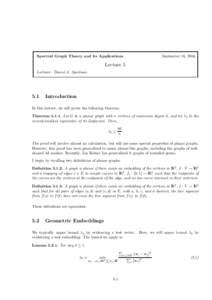 Date: 2005-06-30 12:02:45Mathematics Mathematical analysis Geometry Conformal mapping Projective geometry Riemann surfaces Planar graphs Complex analysis Differential geometry of surfaces Constructible universe Brouwer fixed-point theorem Stereographic projection |
Add to Reading List |
 Spectral Graph Theory and its Applications September 16, 2004 Lecture 5 Lecturer: Daniel A. Spielman
Spectral Graph Theory and its Applications September 16, 2004 Lecture 5 Lecturer: Daniel A. Spielman